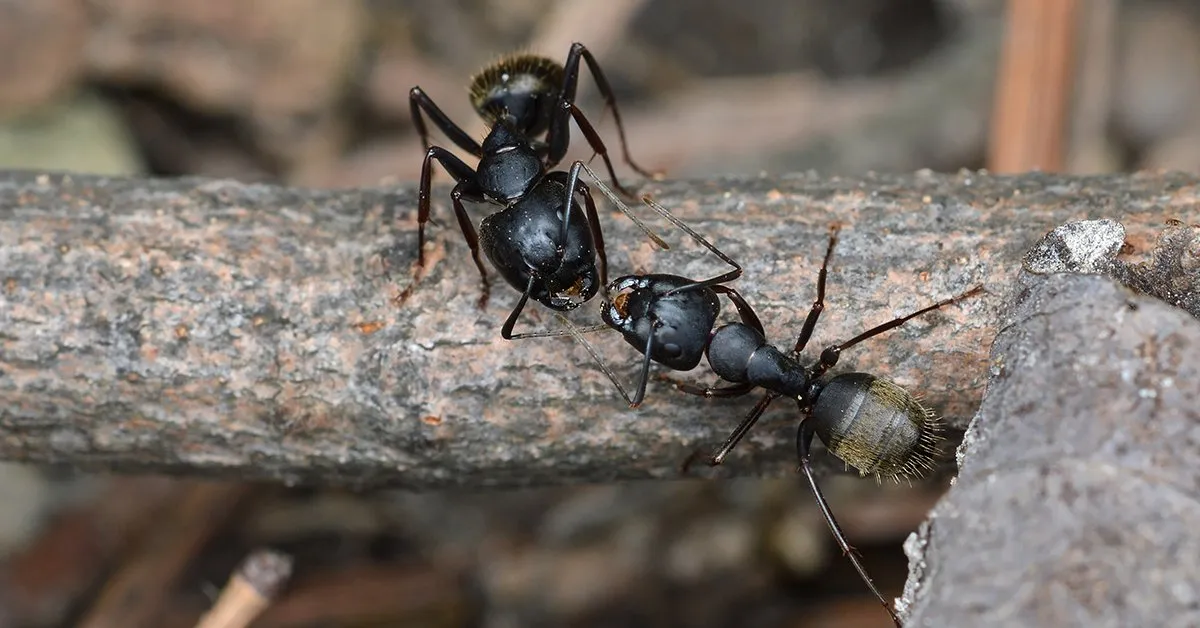The Ant-Tarantula Clash An Overview
The world of arachnids presents many fascinating and sometimes perilous scenarios, and the interaction between tarantulas and ants is a prime example. While tarantulas, with their impressive size and venomous fangs, might seem like apex predators, they face a significant threat from an unexpected foe ants. This article explores the dangerous relationship between ants and tarantulas, detailing the various ways ants pose a threat and how tarantula owners can protect their prized arachnids. Understanding the potential dangers is crucial for responsible tarantula ownership, ensuring the health and well-being of these captivating creatures. The seemingly innocuous ant can quickly turn into a formidable enemy when it comes to a tarantula’s survival.
What Makes Ants a Threat to Tarantulas
Ants, though small in size individually, can pose a considerable danger to tarantulas due to several factors. These threats are amplified when considering the social nature of ants, which allows them to coordinate attacks and exploit weaknesses in a tarantula’s defenses. Several aspects of ant behavior and biology contribute to their threat level, making them a constant concern for tarantula owners. Ants often operate in large numbers, creating a swarm effect that overwhelms the tarantula’s defenses. They also possess specialized adaptations, such as venomous stings and powerful mandibles, that are effective against larger prey. Moreover, their ability to infiltrate and colonize habitats means they can persistently harass and endanger a tarantula over extended periods.
Venom and Bite The Ants’ Weapons
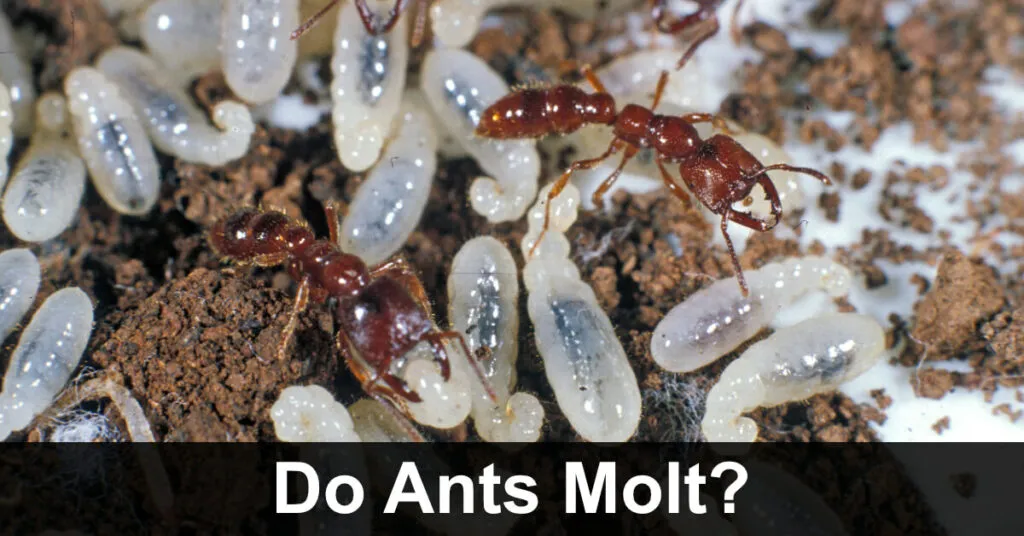
Many ant species possess venomous stings or bites that can inflict pain and, in some cases, cause paralysis or even death in smaller or vulnerable animals. While a single ant’s bite might not be lethal to a healthy adult tarantula, multiple bites from a swarm can weaken the arachnid, making it susceptible to further attacks or infections. The venom injected by ants can also cause localized tissue damage and inflammation, which can affect a tarantula’s ability to move and hunt. Certain ant species, like fire ants, are particularly aggressive and possess potent venom, increasing the risk to tarantulas. The intensity of the threat varies based on the type of ant, but the potential for harm is ever-present.
Size Disparity The Underdog’s Advantage
While tarantulas are significantly larger than ants, this size difference doesn’t always guarantee safety. Ants, due to their numbers and teamwork, can exploit this size disparity. They can swarm a tarantula, overwhelming its defenses by sheer numbers. This strategy allows ants to attack from multiple angles, biting and stinging the tarantula, making it difficult for the arachnid to defend itself. The tarantula’s size, while an advantage in many other situations, becomes a disadvantage when facing a coordinated ant attack, as it may be unable to quickly eliminate all threats, especially when the ants attack its vulnerable areas, such as the eyes or soft underbelly. The ants’ strategy of using numbers is key to their success.
Colony Behavior The Swarming Strategy
Ants are social insects that live in colonies, providing them with a significant advantage when attacking tarantulas. This social structure allows ants to coordinate attacks, sharing information and resources to overwhelm their prey. When an ant finds a tarantula, it can alert the rest of the colony, which quickly mobilizes and swarms the tarantula. The swarming behavior ensures that the tarantula faces a multitude of attackers simultaneously, making it difficult to fight off the assault. This coordinated strategy, combined with the ants’ individual weaponry, transforms what might seem like a minor nuisance into a lethal threat. The efficiency and organization of ant colonies make them particularly dangerous opponents for tarantulas.
Specific Dangers 7 Threats to Tarantulas
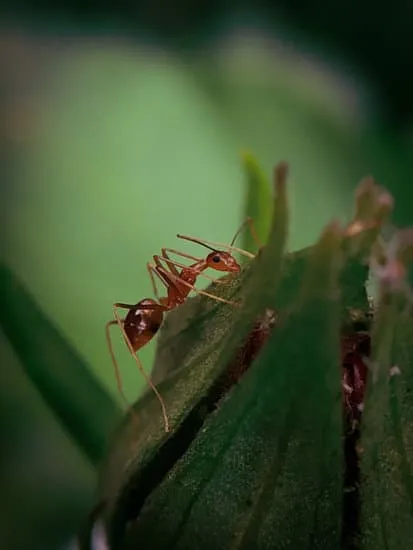
Ants pose a multitude of dangers to tarantulas, from direct physical harm to indirect threats that compromise their health and well-being. Understanding these specific dangers is critical for tarantula owners to take appropriate preventative measures and ensure their pets’ safety. These threats span various aspects of a tarantula’s life, affecting everything from its physical health to its ability to thrive in its habitat. By recognizing these risks, owners can proactively mitigate potential dangers and foster a secure environment for their tarantulas.
Ants Inflict Bites and Stings
The most immediate danger ants pose is their ability to bite and sting tarantulas. These bites and stings can cause localized pain, inflammation, and potentially trigger allergic reactions. In large numbers, these attacks can debilitate the tarantula, making it difficult to move, eat, or defend itself against other threats. Some ant species have particularly potent venom, which can cause more severe reactions. Repeated bites and stings can weaken the tarantula’s immune system, making it more susceptible to secondary infections. This physical assault is a direct and immediate threat, often the first line of attack in ant-tarantula conflicts.
Ants Cause Stress and Weakness
The constant presence of ants in a tarantula’s habitat can lead to significant stress, as the tarantula becomes vigilant, and cannot relax. The constant threat and the need to defend itself from ants can deplete its energy reserves and weaken its immune system. Chronic stress weakens a tarantula, making it more vulnerable to diseases and other health issues. The resulting stress can also disrupt its natural behaviors, such as feeding, molting, and reproduction, further impacting its overall well-being. The constant presence of ants changes the environment, turning what should be a safe, secure habitat into a place of constant threat.
Ants Spread Diseases
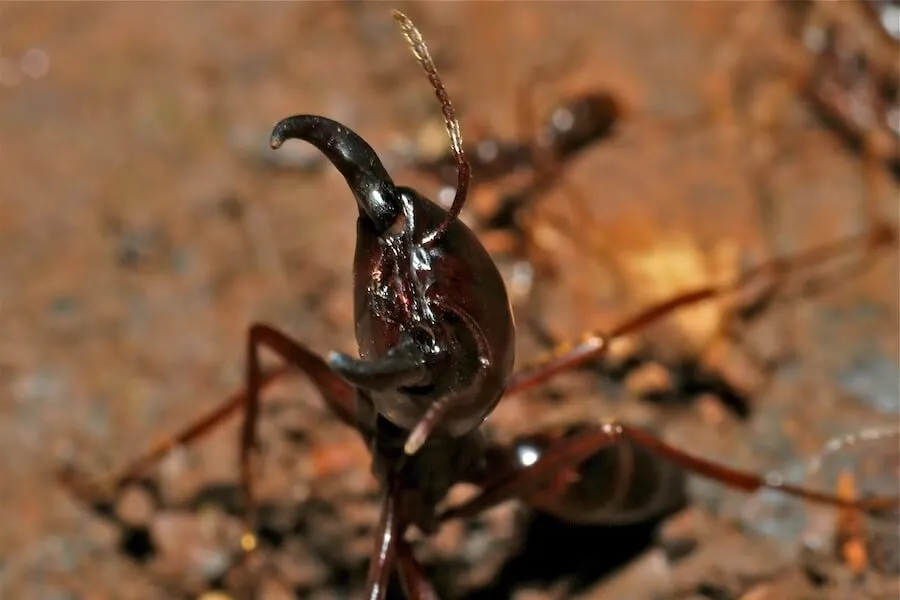
Ants can act as vectors for various pathogens, spreading diseases and parasites that can harm tarantulas. As ants crawl through unsanitary areas, they can pick up bacteria, fungi, and other microorganisms, which they then transmit to the tarantula or its habitat. This contamination can lead to infections, which are particularly dangerous for tarantulas, as they have a limited immune response. Furthermore, ants may also carry mites or other parasites, which can infest the tarantula’s exoskeleton. The spread of disease poses a significant risk, impacting tarantula health and overall survival. Therefore, it is important to eradicate ants as quickly as possible.
Ants Can Consume Tarantula Eggs
For tarantula owners who are interested in breeding, ants can pose a devastating threat. Ants will often consume tarantula eggs, reducing the chances of successful reproduction. Ants will swarm the egg sac, piercing it and feeding on the eggs within, thus causing a massive loss. This loss can be devastating for tarantula breeders who wish to continue this process. Protecting the egg sac from ants is vital in breeding environments. Owners must implement stringent measures to prevent ant infestations.
Ants Compete for Food Resources
Ants also compete with tarantulas for food resources, especially in environments where food scraps are available. Ants may consume any uneaten portions of the tarantula’s meals, or even attempt to steal live insects intended as prey. This competition can lead to nutritional deficiencies in the tarantula, as it struggles to obtain sufficient nourishment. Ants could also contaminate the food sources, spreading diseases. Such competition is also a source of stress to the tarantula. Ensuring adequate food sources and proper waste management is crucial in mitigating this threat.
Ants Disrupt the Tarantula’s Habitat
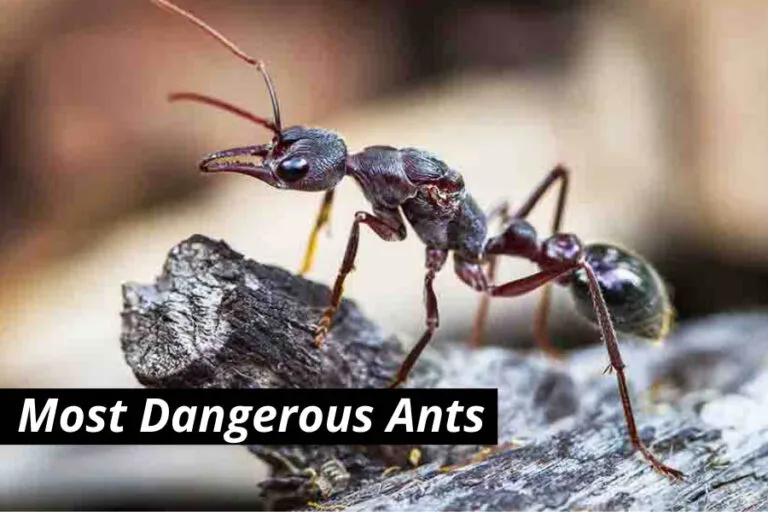
Ants can significantly disrupt a tarantula’s habitat, making it less safe and habitable. They can tunnel through the substrate, causing instability and potentially disturbing the tarantula. The presence of ants will also cause the tarantula to change its behavior and seek out areas of safety. In addition to physical disruption, the presence of ants can alter the microclimate within the enclosure, making it too dry or humid, which impacts the tarantula’s health. The constant activity of ants can also be a source of stress, making it difficult for the tarantula to establish a secure environment. The disruption of habitat is a significant factor in affecting tarantula health.
Ants Can Kill Young Tarantulas
Young, juvenile tarantulas are particularly vulnerable to ant attacks. Their smaller size and softer exoskeletons make them less resistant to bites and stings. A swarm of ants can quickly overwhelm a young tarantula, leading to injury or death. Ants are not only a threat for juveniles but are also capable of consuming them. This represents a significant threat to a young tarantula’s survival, making it crucial to protect them from ant infestations. Protecting juvenile tarantulas from ants requires heightened vigilance, which involves frequent inspection of the enclosures and proactive prevention of ant entry.
Preventing Ant Infestations and Protecting Your Tarantula
Protecting your tarantula from ants requires proactive measures and consistent vigilance. A combination of preventative strategies and prompt action when ants are detected is essential. Implementing a comprehensive approach that addresses habitat hygiene, ant-repellent measures, and regular monitoring will significantly reduce the risk of ant infestations and safeguard your tarantula’s well-being. This includes maintaining a clean environment and utilizing safe pest control methods to minimize the risk of ant encounters.
Maintaining a Clean Habitat

A clean habitat is a crucial first step in preventing ant infestations. Regularly remove uneaten food, molted exoskeletons, and any other organic matter that could attract ants. Cleaning the enclosure frequently will eliminate potential food sources and nesting sites. Regularly replace the substrate to maintain a clean environment. It is important to clean all parts of the enclosure, including the walls and any decorative elements, to eliminate ant trails and attractants. Maintaining a clean habitat makes it much less attractive to ants, reducing the likelihood of an infestation. A clean enclosure is an investment in the long-term health of the tarantula.
Using Ant-Repellent Measures
Several ant-repellent measures can be employed to protect your tarantula. Some natural repellents that are safe for tarantulas include diatomaceous earth (DE) and cinnamon. Applying a thin layer of DE around the enclosure can deter ants from entering, as it acts as a physical barrier that can damage their exoskeletons. Cinnamon can be used similarly, as it has a scent that ants dislike. When using any repellent, make sure to isolate the tarantula from it. Regular applications and careful placement are essential to prevent ants. Always use non-toxic and tarantula-safe ant-repellent strategies to avoid harming the arachnid.
Regular Monitoring for Ant Activity
Regular monitoring is essential for early detection of any ant activity. Inspect the tarantula’s enclosure and the surrounding area frequently, looking for signs of ants, such as ant trails or the ants themselves. When detecting ants, promptly take action to eliminate them. By performing frequent inspections, you can detect ant infestations early, allowing you to implement effective control measures before the ant population grows and poses a serious threat to your tarantula. Early detection is key to the effective prevention of ant infestations and a safe environment.
Conclusion Protecting Your Tarantula
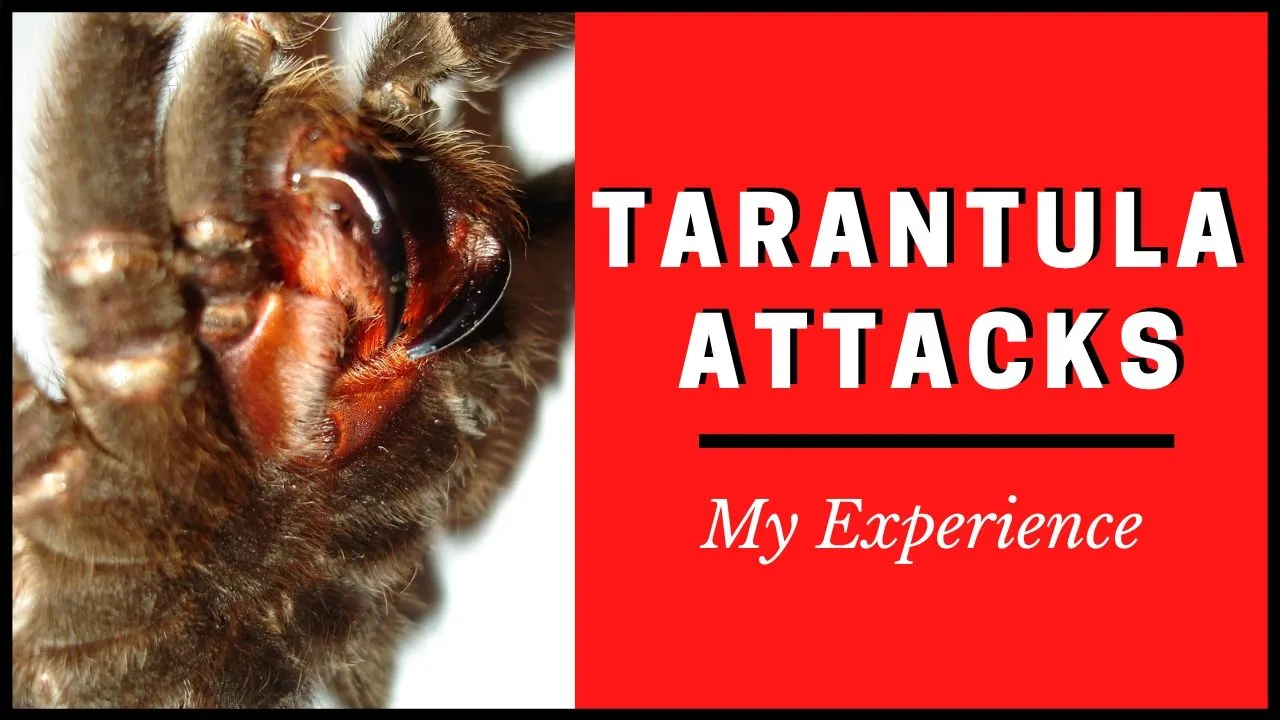
The relationship between ants and tarantulas is a clear example of the dangers that can be present in the seemingly small world of a tarantula’s enclosure. Ants, while tiny, pose significant threats due to their numbers, weaponry, and social behaviors. By understanding these dangers, tarantula owners can take the necessary steps to protect their pets. Through proactive measures, like maintaining a clean habitat, employing ant-repellent strategies, and conducting regular monitoring, it’s possible to minimize the risk of ant infestations and ensure the well-being of your tarantula. Protecting your tarantula from ants is an important component of responsible ownership, and it can make sure your tarantula leads a healthy life. The goal is to create a safe, thriving environment for your tarantula to flourish.
